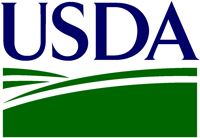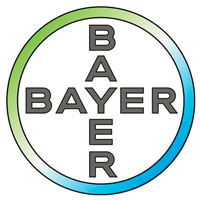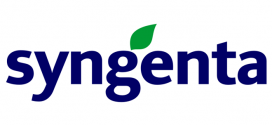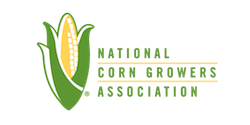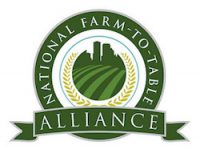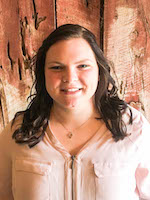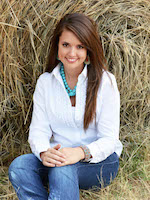John Deere is offering precision growers a few new tools for their toolbox.
 The company has just announced the introduction of two new AutoTrac guidance products to its lineup. These products were designed to help row crop producers and ag service providers navigate fields more accurately when spraying during post emergence.
The company has just announced the introduction of two new AutoTrac guidance products to its lineup. These products were designed to help row crop producers and ag service providers navigate fields more accurately when spraying during post emergence.
The AutoTrac Vision assists the operator with the use of a single-lens camera that detects crop rows and helps to steer the sprayer down the center. It can be used on corn, soybeans and cotton planted in 30-inch rows, beginning when the crop is at least 6 inches tall until 90 percent canopy closure. The AutoTrac RowSense utilizes a row sensor more similar to a combine’s to detect rows and steer the sprayer for growers applying products later in the season. It has been approved for corn at least 4 feet tall and planted in 30-inch rows. Both products help large-scale producers work quickly and cover more ground while reducing damage to plants and both are available as field installed kits on current machines.
“Because of field terrain, planter drift, or irregular planting without guidance, spraying in row crops can present challenges for sprayer operators making post-emerge applications,” Doug Felter, product marketing manager for John Deere, explains. “These two new guidance applications help sprayers track more accurately between the rows, resulting in reduced crop damage, less operator fatigue and more effective field applications.”
“While these two sprayer guidance systems are completely separate and are to be used one at a time, both have performed well in a variety of field conditions and crops,” Felter adds. “Both automated vehicle steering systems allow the operator to spray at faster speeds with little manual steering and cover more acres per day with less damage to crops.”
The StarFire guidance system is also getting an upgrade precision growers can appreciate.
 This satellite-based guidance system is gaining greater levels of accuracy, repeatability and signal pull-in speed with the addition of the StarFire 6000 receiver and SF3 signal.
This satellite-based guidance system is gaining greater levels of accuracy, repeatability and signal pull-in speed with the addition of the StarFire 6000 receiver and SF3 signal.
Mike Moeller, John Deere Intelligent Solutions Group, says the new StarFire 6000 receiver will offer users greater precision capabilities, accuracy and uptime. “The StarFire 6000 Receiver offers a full range of differential correction levels, from the base SF1 satellite-delivered signal to the premium RTK option,” Moeller explains. “And to optimize the performance of the StarFire 6000 receiver, we’re offering the all-new SF3 correction level, which delivers 40 percent greater pass-to-pass accuracy, new in-season repeatability and 66 percent faster pull-in time than the previous SF2 correction level.”
By combining the StarFire 6000 Receiver and SF3 signal, John Deere customers will have RTK-like accuracy without investing in an RTK system.
In addition to improved accuracy and repeatability, the StarFire 6000 also delivers improved uptime that keeps precision ag systems running in challenging conditions. By using the latest navigation algorithms, the StarFire 6000 can track up to three StarFire satellite signals at once, intelligently choose the one that will deliver the best performance, and automatically switch to an alternate signal to help maintain accuracy and performance if the primary signal is blocked.
An improved Rapid Recovery feature allows for a quicker return to high-accuracy performance if the GNSS signals are lost due to shading from trees, buildings or terrain. StarFire 6000 RTK customers also receive up to 14 days of RTK Extend™ which allows machinery to keep operating with guidance, even with a lost or interrupted signal.
The built-in USB port offers easy software updates in about 3 minutes and built-in 8GB data-logger captures an stores important information. The StarFire 6000 Receiver is compatible with current and former displays and other technologies already on the farm, and StarFire 3000 and StarFire iTC customers can easily upgrade this year.
Contact your local John Deere dealer for more information.
 2016 will mark the 5th annual International Federation of Agricultural Journalists (IFAJ) Exposure-4-Development Tour, and this year’s attendees will get the opportunity to explore agriculture and mechanization in China!
2016 will mark the 5th annual International Federation of Agricultural Journalists (IFAJ) Exposure-4-Development Tour, and this year’s attendees will get the opportunity to explore agriculture and mechanization in China!

